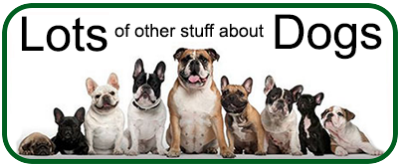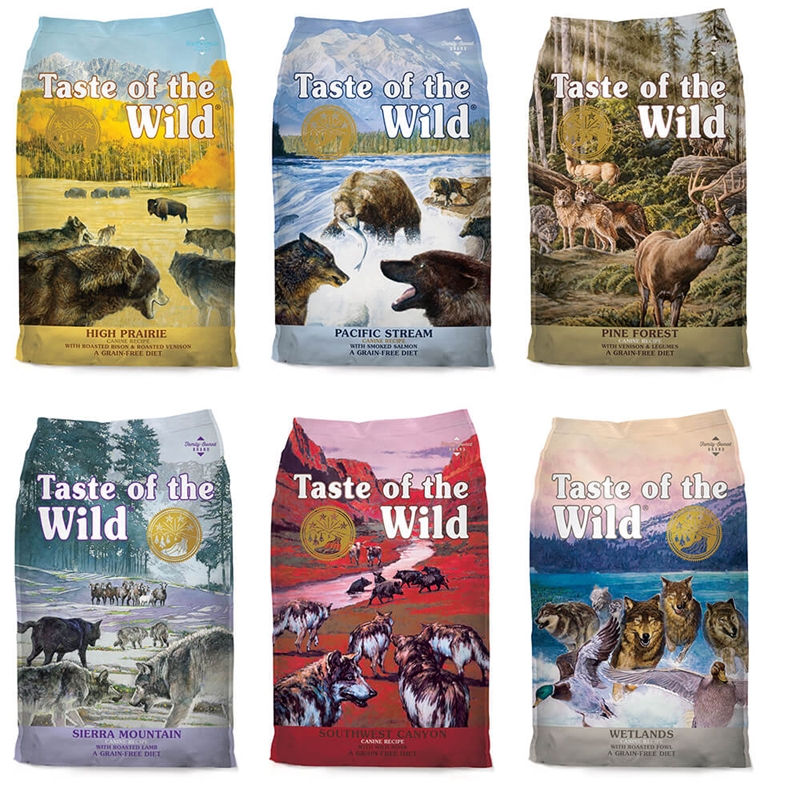Could plants in your yard kill your dog? The answer is yes
Some of the most common dangerous and sometimes deadly plants for dogs?
There are more than 700 plant species which can be especially toxic to pets. That humongous number almost seems incomprehensible, to the point of wondering if there are any safe plants left, that we can have indoors or around our homes, which are not harmful to our four-legged friends.
To help you use your best possible judgment when planning what plants to grow, or to get rid of, if you have recently purchased a new property, we have prepared a list of some of the most common dangerous plants for your attention.
We acknowledge the list can not possibly cover every single most common harmful house plant in existence, so when in doubt, we recommend you click here and check out the ASPCS's Toxic and Non-Toxic Plant List for dogs.
Plants to remove from an old garden, or not plant when planting out a new garden or yard.
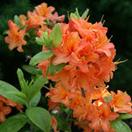
Azalea
Azalea toxins can lead to very severe consequences, central nervous system depression, diarrhea, drooling, general weakness, vomiting, coma and death.

Amaryllis
Amaryllis plants contain toxins that can cause abdominal pain, depression, diarrhea, hyper-salivation, tremors and vomiting.
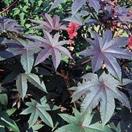
Castor bean
Castor bean plants can cause dogs to experience abdominal pain, dehydration, diarrhea, drooling, general weakness, vomiting, loss of appetite, seizures, tremors, twitching, coma and death.
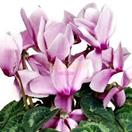
Cyclamen
Cyclamen - the root is the most toxic part of this plant and symptoms include dehydration, gastrointestinal irritation and vomiting and in severe cases death.
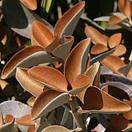
Kalanchoe
Kalanchoe toxins are extremely unpleasant, and dogs can suffer from cardiac rate issues, gastrointestinal complications and vomiting.

Marijuana
Marijuana - dogs who eat this herb can undergo grave consequences, drooling, diarrhea, increased heart rates, limb in-coordination, seizures, vomiting and even worse, comas.
.jpg)
Oleander
Oleander plants are extremely toxic too. Ingestion of oleanders can result in gastrointestinal irritation, diarrhea, heart problems, hypothermia, vomiting and even death.
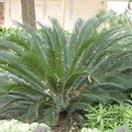
Sago Palm
Sago Palm -the whole plant of sago palm is poisonous to dogs and in particular its seeds and nuts deadly. Dogs that ingest parts of this plant can suffer from central nervous system depression, diarrhea, liver failure, seizures, vomiting and death.

Tulips
Tulips - the most dangerous part of this plant is its bulb. Symptoms include,cardiac complications, central nervous system depression, convulsions, drooling, diarrhea, gastrointestinal irritation and vomiting.
Aside from all of the above, other common plants like Autumn crocus, chrysanthemum, English ivy and peace lily are also among some of the most common poisonous plants that you need to keep your eyes pealed for.
As a responsible pet parent you should never knowingly put your dog's health and life in jeopardy
Please check the full list, listed by ASPCS's Toxic and Non-Toxic Plant List for dogs and pay extra attention to the plants and herbs you use as plants and pot plants inside and outside of your home which your dog has ready access to.
This article and information forms part of the Carole's Doggie World Holistic Library and is presented for informational purposes only.The information is not intended to be a substitute for visits to your local vet. Instead, the content offers the reader information researched and written by Carole Curtis for www.carolesdoggieworld.com

